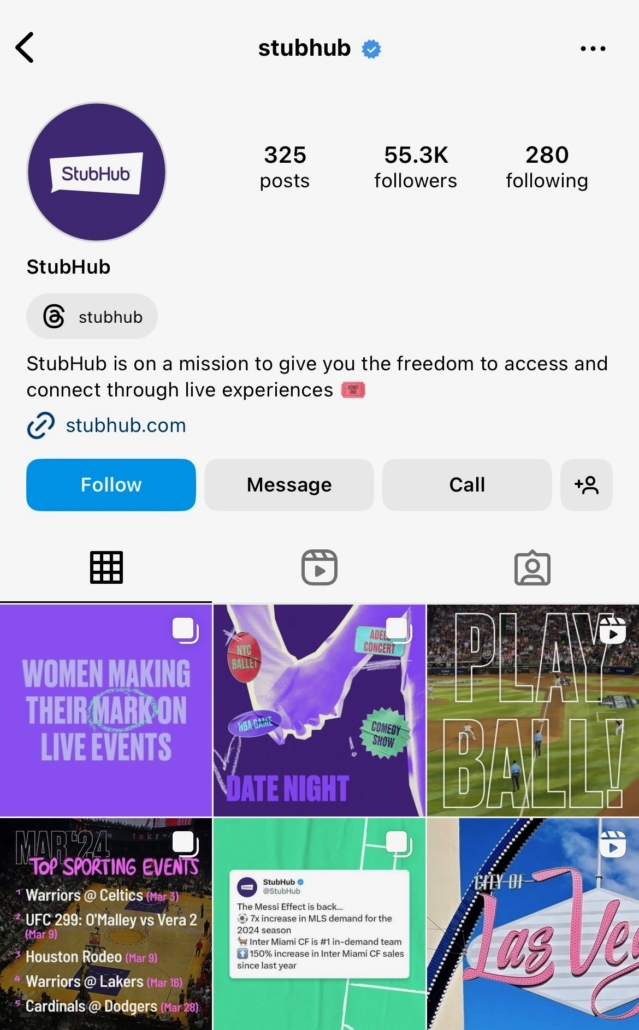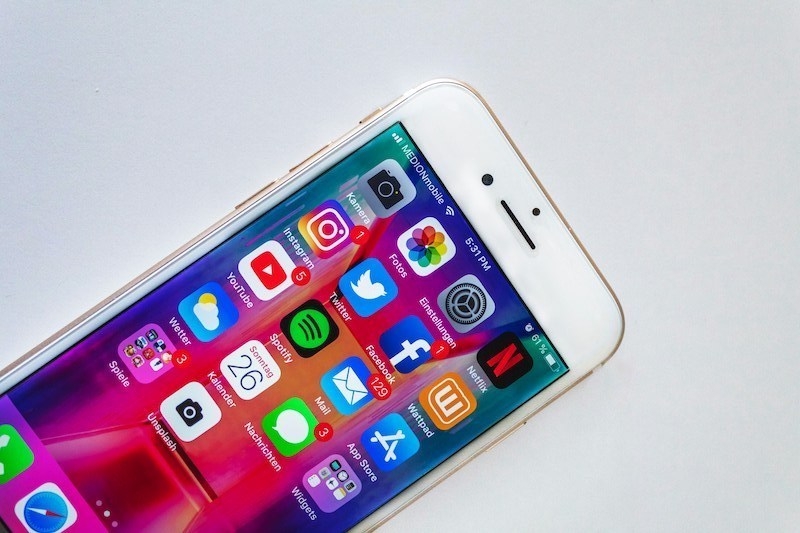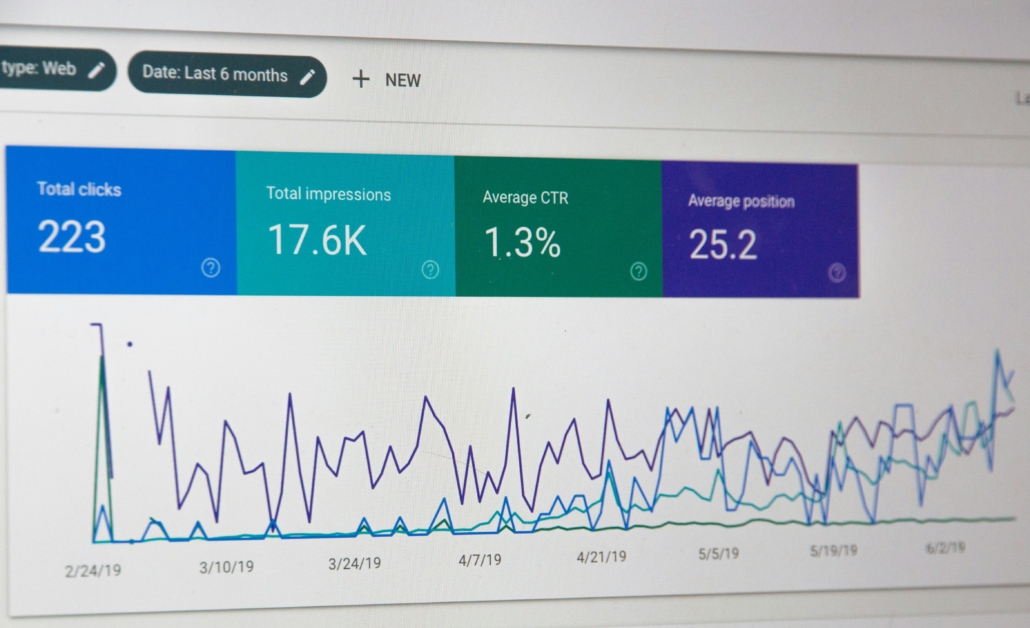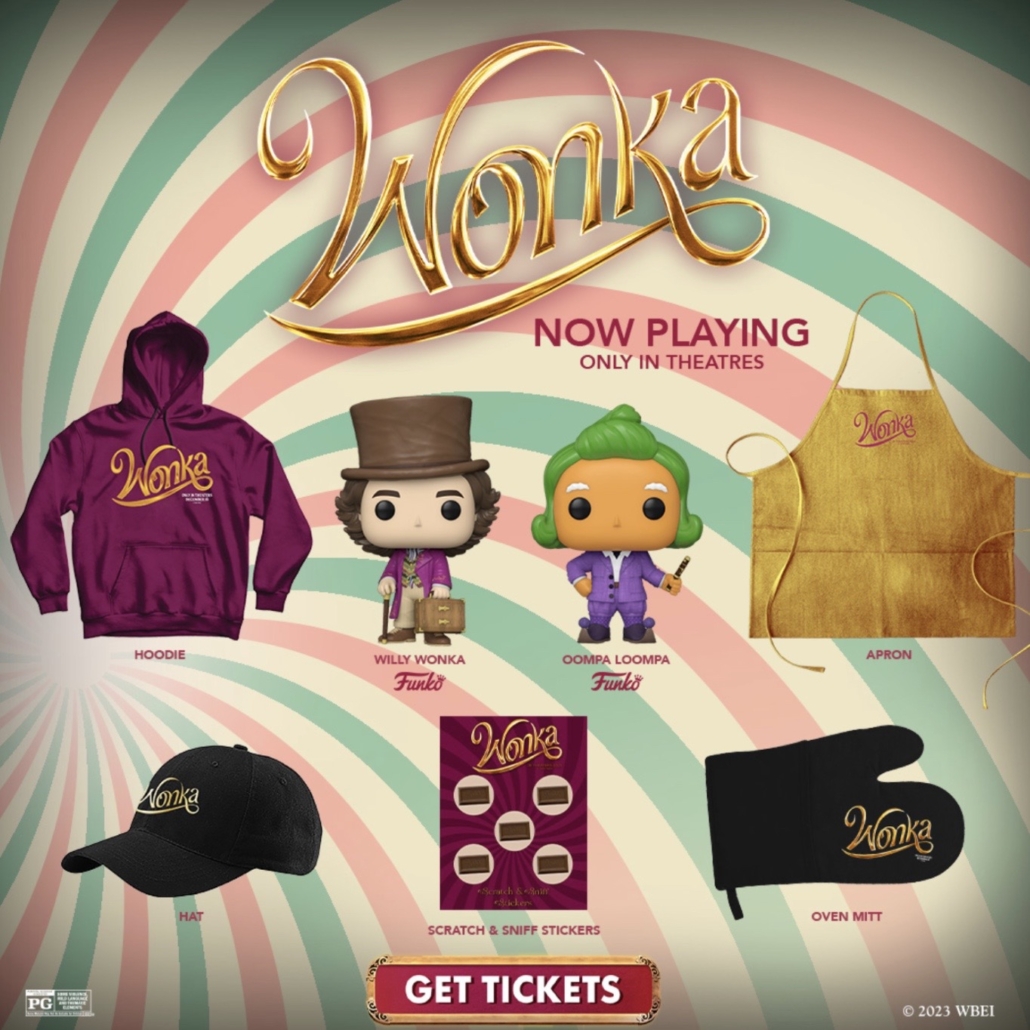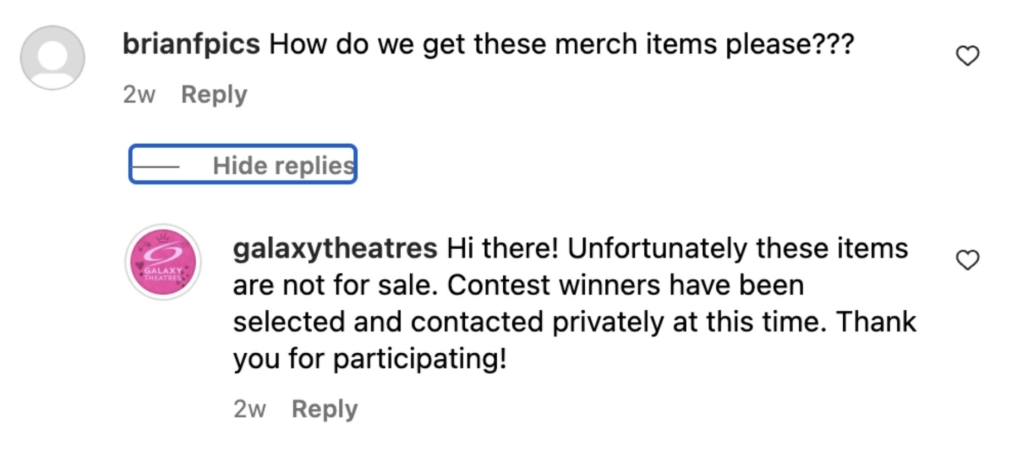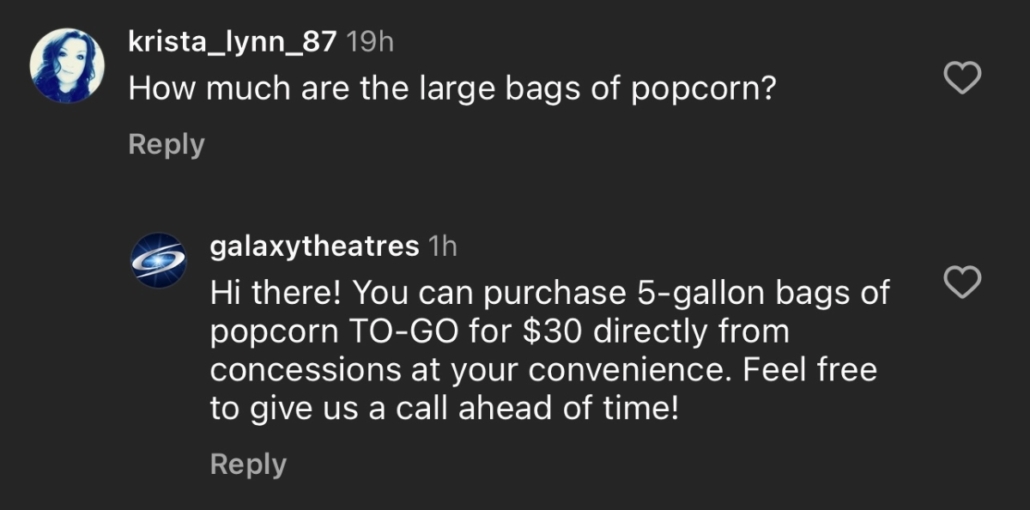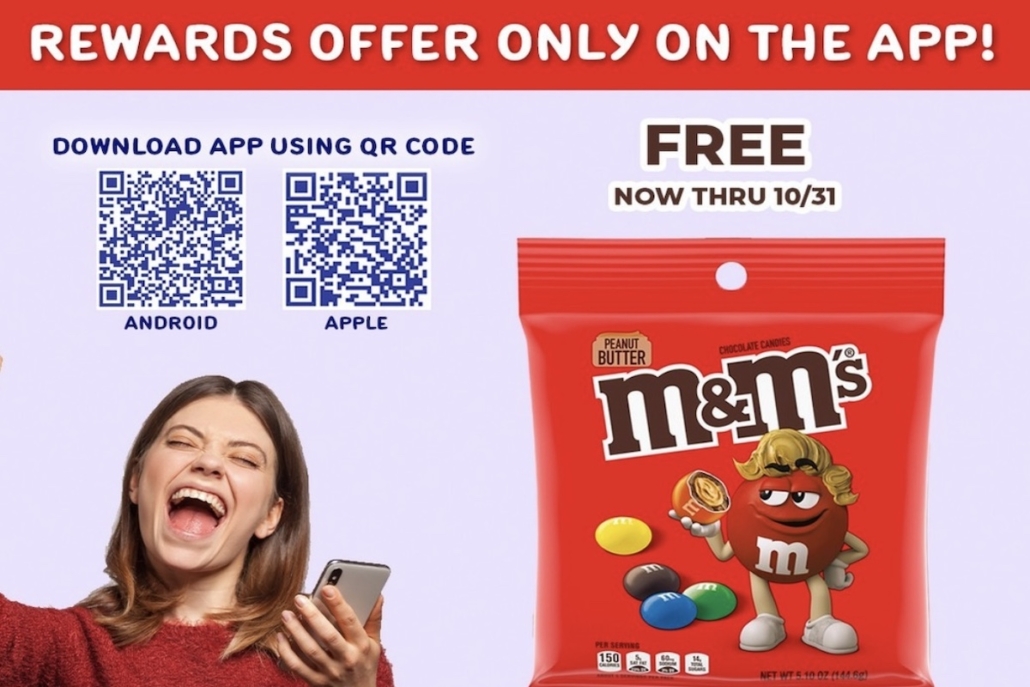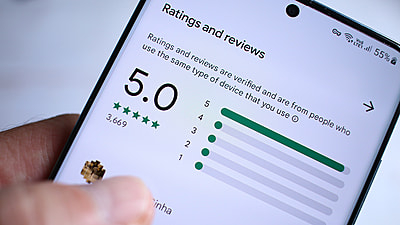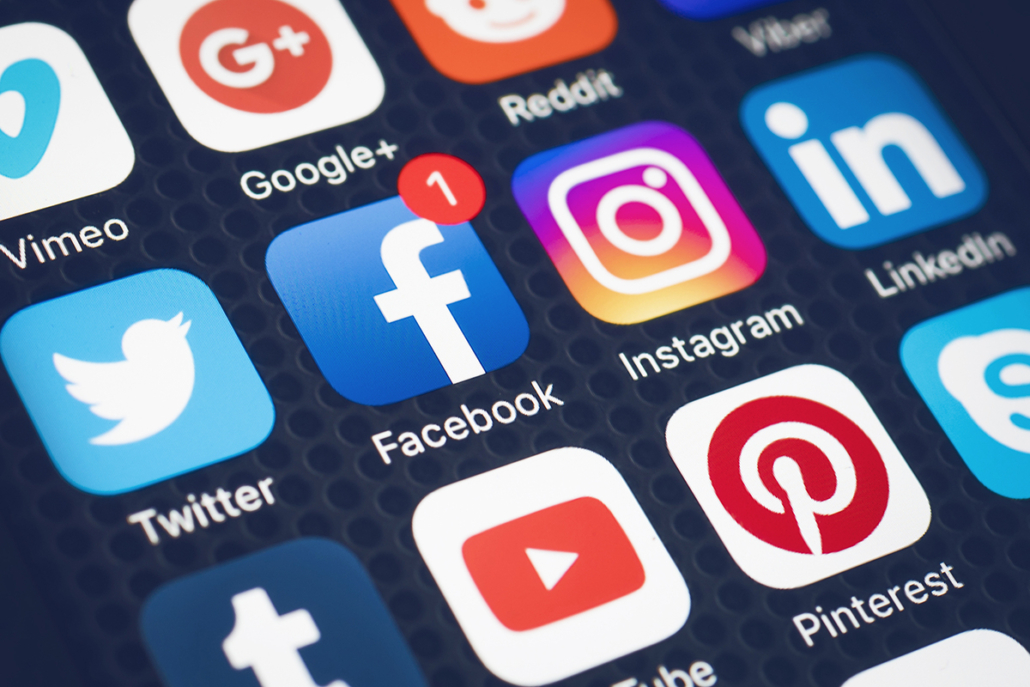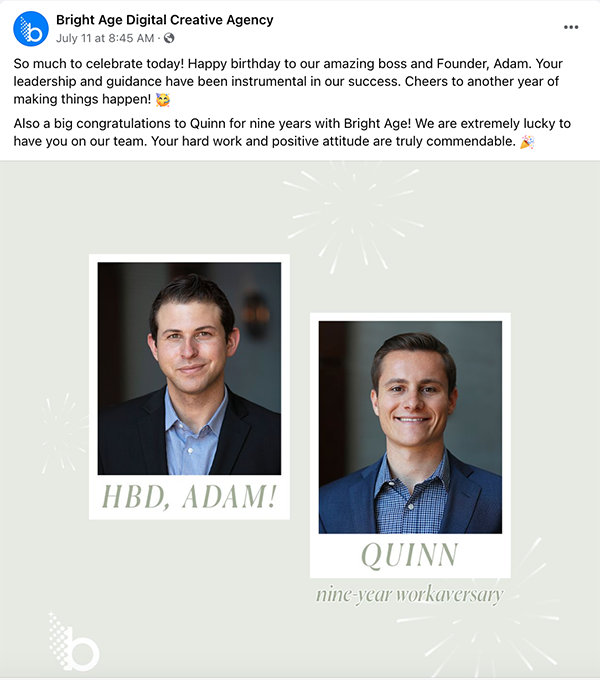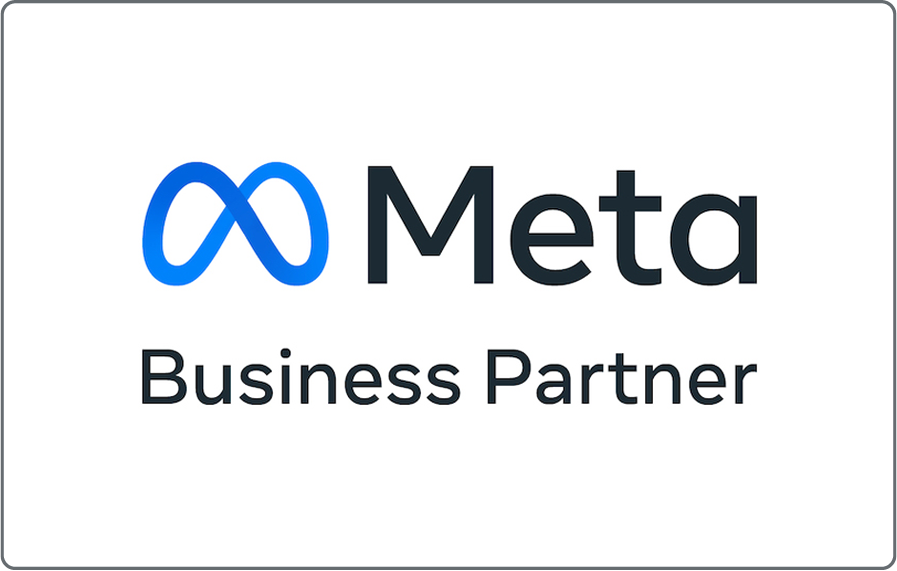How to Create a Social Story for Your Brand
When thinking about a brand that you love, what comes to mind? Are you thinking of a product or the actual brand itself? If you only thought of a product, there are strategies brands can use to transform that thinking of the product into the actual brand itself. This can be done through storytelling, an extremely powerful marketing tool that inspires and connects customers to your brand. For example, when one wears a sustainable brand, they feel like a friend of the planet and should embrace the outdoors. When brands create successful social stories, they make customers feel as if they are characters in their brand journey when they use their products and services. Brands can use a social story to create brand loyalty and increase engagement with their audiences.

What is Brand Storytelling and Why is it Important to Your Brand?
Brand storytelling is crucial in developing relationships and connections with your audiences. Creating a brand social story is the idea of crafting a narrative of your brand that will further the emotional connection between audiences and your brand. By having a brand social story, brands can showcase their values, goals, and shared experiences to form connections with their audiences. Through the use of narrative techniques and shared values, brands can create loyal and long-lasting relationships between customers and themselves.
There are numerous reasons as to why having a social story is beneficial to your brand. First of all, these stories contribute to your brand identity. Telling a social story about how your brand came to be, the setbacks you may have faced along the way, or your core values will show audiences how and why your brand came to be, thus giving them a sense of identity. It promotes understanding of what issues your brand is working to solve, and how you came to the brand’s purpose and mission. Overall having a brand story, showcases your brand’s roots and identity, and will create loyal customers, prompting business growth and higher customer engagement rates.
Using social stories also helps brands connect with customers in a range of ways. Stories can evoke emotional responses to brands, and allow for customers to connect on a deeper level. Social stories can promote relatability and allow customers to see themselves as part of the brand as they become characters as they go on their journey with the brand. Using brand stories is greatly beneficial in developing a closer connection with customers.
One more thing that is greatly beneficial from brand social stories is differentiating your brand from others. Stories offer the ability to show customers what makes your brand different and why they should choose you instead of another brand. This is a chance to show your audiences what makes your brand special and unique.

How to Create and Use Social Stories as a Part of Your Marketing Plan
When implementing a social story into your marketing plan, you should be aware of various factors before you start. The first one is to understand why your brand came to exist and the purpose it works to serve. It may seem obvious, but it is crucial to be aware and have a thorough understanding of your brand’s values, missions, and the stories that are to be told, as well as the purpose of the products. Additionally, you should be aware of the audience you are attempting to reach. Market research should be performed, and you should be sure of the platforms and methods you will use to successfully share your story.
When telling a social story, the factors you want to include are closely related to those of an actual story. These include the current state of things, characters, setting, conflict, and resolution. By using these narrative factors, you can tell an effective social story.
You create a character that the audience can relate to, and introduce a conflict that your product solves resulting in the resolution. By using these factors you can create a compelling story where at the heart of it you are incorporating the core values of your brand.
When implementing your social story into your brand’s social media marketing strategy there are various ways to do it. With various social media platforms, your content creation will vary. For example, you could create a short clip video and upload it to Instagram Reels or TikTok, or a longer format video for YouTube. It is important to use visual and thought-provoking elements when portraying your story, as well as know the audience you intend to reach and where they are.

The Value of Monitoring Current Strategies
It is always important to see how your current strategies are working, and how your audiences are receiving the storytelling content. You can look at what customers are saying about your products so you can see where there may need to be an improvement, the sentiment around your brand, and if you are being received positively or negatively. There is great value in seeing what your audiences are saying about your brand and what is and is not successful. Brands should be monitoring social analytics through listening tools to see how effective their storytelling is.

Social stories are a core social media marketing strategy. Through the use of a narrative format to display the purpose, products, and values of your brand, there is an extensive opportunity to form a closer and deeper emotional connection with your target audience. Bright Age can help you on your journey of forming social stories, whether it’s starting the brand from the beginning, developing strategies, or performing research to see if your methods are successful!


